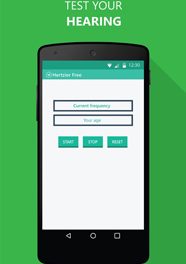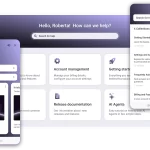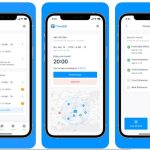 You have just finished creating a new website for your client. After months of hard work, finally it seems that your efforts have paid off. But this is not the right time to celebrate them. The right measure of your efforts and their success will only be declared once the entire cycle of testing is complete. Testing is the final stage in a product development cycle where “bug-finders” open the website on different devices and platforms and find out if there are any problems or not. All the bugs are reported to the project manager who sends them to the developers’ team to resolve them. But this takes a lot of time. If all the people involved could work under the same roof at the same time, it would be much more convenient and efficient. If you agree, then let’s switch to Lean Testing!
You have just finished creating a new website for your client. After months of hard work, finally it seems that your efforts have paid off. But this is not the right time to celebrate them. The right measure of your efforts and their success will only be declared once the entire cycle of testing is complete. Testing is the final stage in a product development cycle where “bug-finders” open the website on different devices and platforms and find out if there are any problems or not. All the bugs are reported to the project manager who sends them to the developers’ team to resolve them. But this takes a lot of time. If all the people involved could work under the same roof at the same time, it would be much more convenient and efficient. If you agree, then let’s switch to Lean Testing!
Lean Testing is a web application which allows you to handle any job related to testing from the same window. After you have created your account, now you can start with a new Project. A new Project can have many different sections like Bug list, report a bug, project management, search, etc which you can add/remove depending upon your requirements. The next step is to add members to this project.
Remember that you, as the account opener, are the account manager and hold the sole authority to add/invite new members. Then you can assign a project manager, testers, developers and clients to a particular project. Each such member has limited permissions according to his/her role and therefore you don’t need to keep an eye on them.
The neatly designed and streamlined dashboard shows you all the progress and updates related to a particular project. You get a calculated measure of the number of bugs reported, acknowledged and resolved and alongside you get to read the project completion status. There is even a provision for classifying the severity of the bug. So while 100 is a big number, knowing that only 10 of them are actually serious takes off the burden from your shoulders. Their browser extension allows your testers to take a screenshot of the webpage, annotate them and report instantly to the developers.
Lean Testing allows team members to communicate and inform each other of the latest updates. You can comment or update the status of a bug. But if a member is not logged in at the moment, he will be notified via email about the update. So everybody’s in loop. Lean Testing Reports give you a better understanding of your team’s performance and help you manage your tools in a better way. The graphic charts plotting number of bugs against definite time periods give you an insight into possible up
comings in the future.
You’d be surprised to hear that Lean Testing is available for free at the moment.






















